
 7 min read
7 min readBy Jia Taylor, Content Marketing Lead
The home improvement boom has been heating up for more than a year and doesn’t appear to be cooling down. Home improvement popularity grew immensely in 2020 during the coronavirus pandemic, largely due to Americans spending more time at home. According to statistics from the home improvement industry in 2021, online searches related to home remodeling more than doubled from 2020 to 2021. Plus, more than half (52%) of American homeowners will spend $15,000 on home repairs in 2021.
As homeowners are investing in home improvements, eco-friendly solutions are factoring into many homeowners’ plans for updating their living spaces. Most green home improvement projects result in huge savings on your energy bills. Also, green home improvements can help increase your home value, and save you money in the long run, which can help when it’s time to resell in the future.
We’ve rounded up 10 easy DIY green home improvement tips to transform your house into an eco-friendly home.
1. Switch to LED Lights

For long-term savings of both money and energy, LED lighting is the way to go. LED bulbs have triple the lifespan of CFLs–25,000 hours vs. 8,000 hours–and are cheaper to power. Plus, unlike CFLs, they don’t contain any hazardous chemicals that require special disposal once they burn out. LEDs produce very little energy waste (heat), and substantially reduce energy costs when compared to halogens.
Be sure that when you choose a LED light, pay attention to the color temperature. 2700k is a traditional yellow light close to a halogen bulb, 3000k is a popular modern choice that is slightly whiter but still soft, 4000k and above is bright and white. Depending on your space, you may need a different color temperature than you might have thought.
2. Install a Programmable Thermostat

A programmable thermostat can save you as much as 10% per year on heating and cooling by simply turning your thermostat back 7°-10°F for 8 hours a day from its normal setting, according to the U.S. Department of Energy. Programmable thermostats can store and repeat multiple daily settings that you can manually override, which could be a huge energy saver.
Regular thermostats can wear down the system since they overwork the units. However, a programmable thermostat can reduce the system’s stress by reducing the temperature swings during the day and night. Since this is easier on the system, it can also save money on HVAC repairs.
3. Use Magnetic Vent Covers
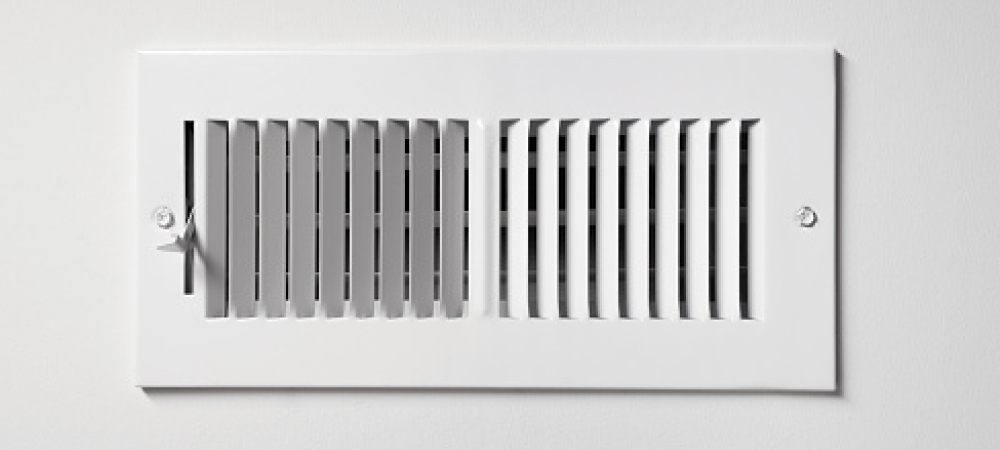
If you’re trying to keep heat out of certain, unoccupied rooms in your house, magnetic vent covers may be a great way to make your home more eco-friendly. Magnetic vent covers redirect the airflow from the ventilation system to where it is needed most.
The DIY magnetic vent covers are affordable and easy to install because they simply seal magnetically on top of your existing vent cover to block airflow. This simple change can have a big impact on your comfort level, improve your HVAC efficiency, and reduce energy costs.
4. Install a Low-Flow Showerhead

If you take a shower for as little as 10 minutes with a traditional showerhead, you could be using up to 60 gallons of water. With a low-flow showerhead, the average is closer to 2.0 GPM (gallons per minute), reducing the volume of water used in a single shower to what was going down the drain before.
When you use less water, less energy is going towards heating the reserves. This means less activity for your water heater and less electricity going towards keeping it running at high levels. Also, with a low-flow showerhead your water bill will go down substantially, with a reduction of nearly half the amount in some cases.
5. Install a Low-Flow Toilet
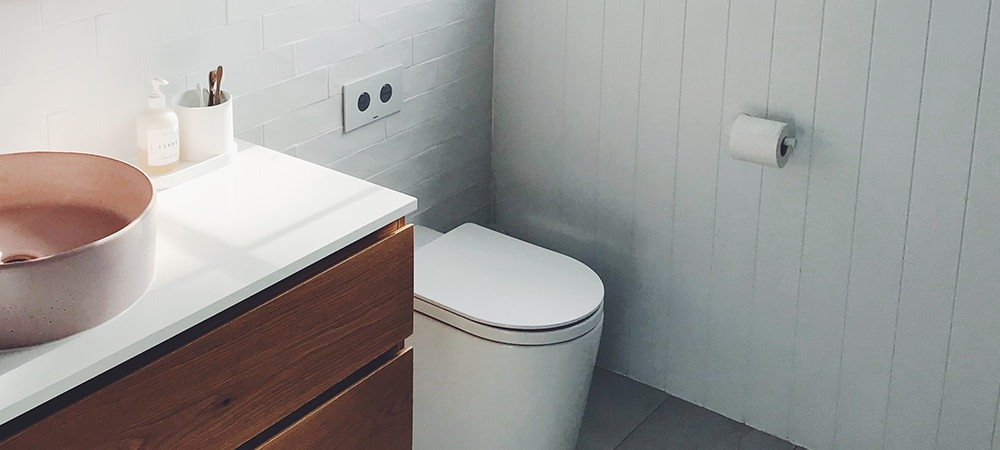
Toilets use more water than anything else in our homes, nearly 30%, according to the EPA. By installing low-flow toilets, the average family could reduce toilet water usage by 20 to 60%, which means nearly 13,000 gallons saved per year. They could also save more than $140 per year in water costs, and $2,900 over the lifetime of the toilets. Use the EPA’s Watersense Calculator to see how much you can save.
You can convert any standard toilet into a low-flow toilet with simple changes and easily found tools. Before you start your DIY green home improvement project, don’t forget to check for leaks. Converting your toilet into a water-saving device doesn’t mean much if you’ve got a leaky toilet.
6. Install Faucet Aerators
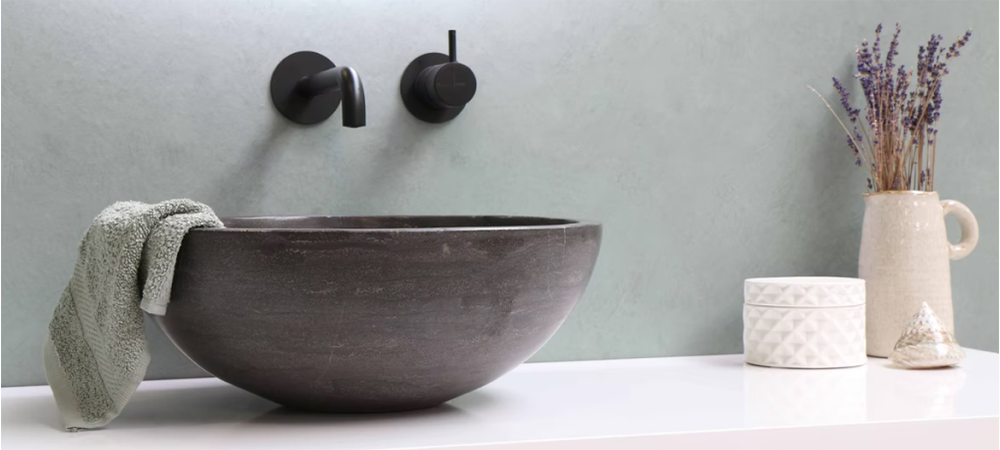
If water from your faucet is squirting to one side or you’ve noticed the flow of water has slowed to a dribble, then you might want to replace the aerator. A faucet aerator is a small, round device that you can screw onto the tip of your faucet to create a more consistent stream of water. Faucet aerators can reduce a sink's water flow by 30% or more, from the standard flow of 2.2 GPM and can help to reduce energy costs.
You can choose an aerator anywhere between 2.5 GPM to .5 GPM. An important thing to keep in mind is that the lower the gallons per minute, the longer it will take you to fill something up.
7. Insulate your Water Heater
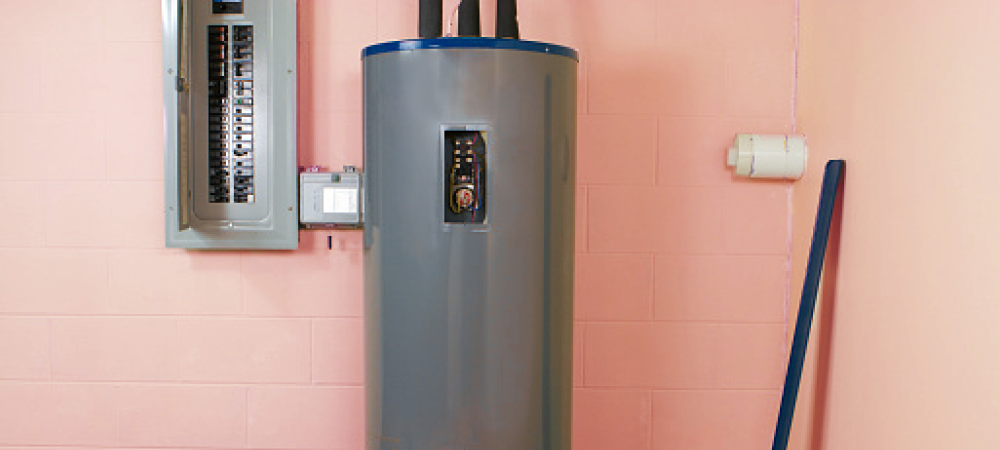
Just like insulating your walls and roof, your home’s water heater can also be insulated, helping to improve energy efficiency and save you money each month. By essentially putting a "jacket" on your water heater, you can keep your water warmer during the cold months without having to use excess energy to heat it.
If you have an older hot water tank, check to see if it has insulation with an R-value of at least 24. If not, consider insulating your water tank, which could reduce standby heat losses by 25%–45% and save you about 4%–9% in water heating costs, according to energy.gov. You can find pre-cut jackets or blankets from home improvement stores for around $20.
8. Install a Rain Barrel

Love gardening? Install a rain barrel to collect water from your gutters to make your home more eco-friendly. Rain barrels collect rainwater from your roof by rerouting a section of your gutter’s downpipe into a barrel for later use, which reduces the amount of city water used to upkeep your yard.
It’s also an easy DIY green home improvement project that is simple to install. The EPA estimates a single 55-gallon rain barrel can save you up to 1,300 gallons of water during the hot summer months. Plus, some cities offer financial incentives for using rainwater for irrigation as a supplement to municipal water.
9. Install a Door Sweep
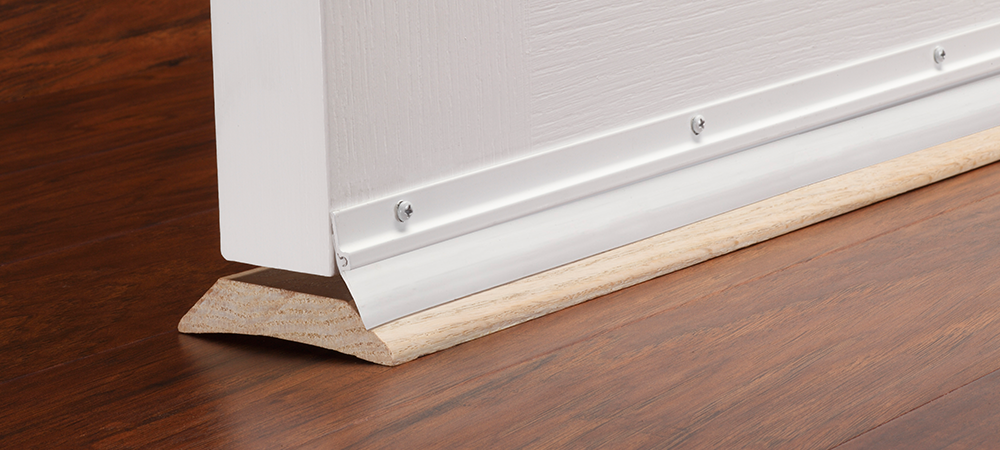
If you want to keep out the outside, install a door sweep. A door sweep is an easy DIY draft protection solution that attaches to the bottom of your door that eliminates the gap to provide an air-tight seal between your doorstep and your door.
Besides being unpleasant, door drafts force your heating system to work harder (and consume more energy) to keep your home at a consistently comfortable temperature. A door sweep is one of the cheapest ways to reduce energy costs and boost your comfort, especially during cold months.
10. Use Low-VOC Paint

If you’re looking for a new paint color for your next DIY green home improvement project, consider low VOC paint. Traditional paint contains volatile organic compounds (VOCs), and gives off gas for years, contributing to air pollution and causing respiratory problems.
While it can be hard to pick the best product with paint aisles filled with “green” labels and non-toxic claims, one thing to check is if an eco-label certification is on a can, be sure it is an emissions test approved by the EPA.
Starting your DIY green home improvement project now might be the best investment you can make, especially with a home equity sharing agreement from Unison. The content on this page provides general consumer information. It is not legal or financial advice. Unison has provided these links for your convenience, but does not endorse and is not responsible for the content, links, privacy policy, or security policy of the other websites.


